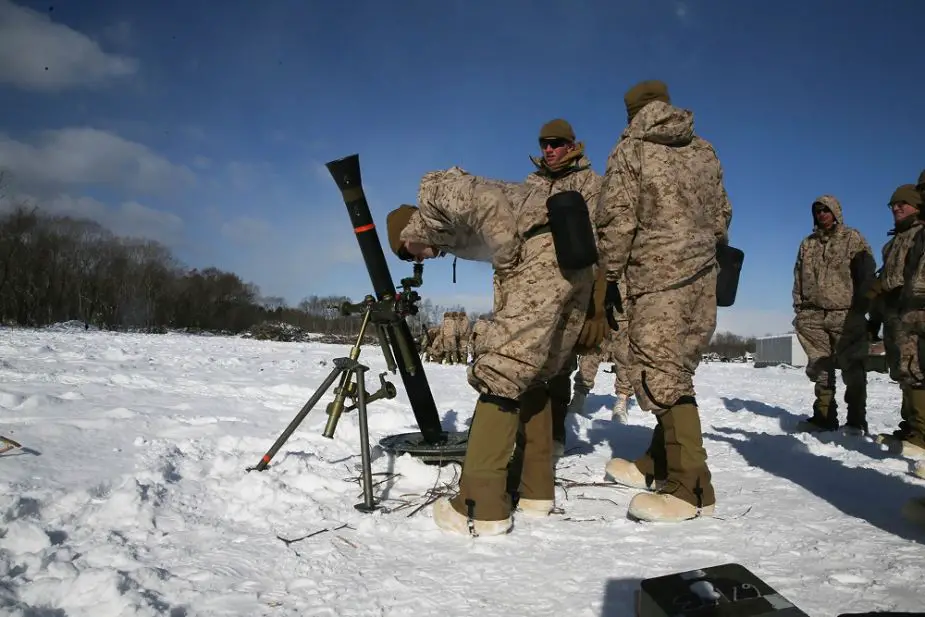Breaking news
U.S. Marines and Japanese soldiers train together during Northern Viper.
U.S. Marines with 1st Battalion, 25th Marine Regiment, currently attached to 4th Marine Regiment, 3rd Marine Division, and Marine Aircraft Group 36, 1st Marine Aircraft Wing, worked alongside the JGSDF during Northern Viper in Hokkaido, Japan, Jan. 27-28, 2020.

U.S. Marines with 3rd Light Armored Reconnaissance Battalion conduct notional fire mission drills during exercise Northern Viper on Hokudaien Training Area, Hokkaido, Japan, Jan. 25, 2020 (Picture source: U.S. Army)
U.S. Marines with 1st Battalion, 25th Marine Regiment, currently attached to 4th Marine Regiment, 3rd Marine Division, and Marine Aircraft Group 36, 1st Marine Aircraft Wing, worked alongside the JGSDF to successfully neutralize training targets. This iteration of Northern Viper is the first time that Marines and the JGSDF have held dive-fire training in Hokkaido, Japan. “Relations between the U.S. and Japan remain strong,” said Capt. Thomas Gibson, an artillery officer forward observer from 1st Battalion, 25th Marine Regiment. “This training opportunity reflects the growing bond between the two countries. The strengthening of ties through shared cultural learning and combat strategies allow for a stronger security posture in the Asian Pacific. As global threats continue, the fighting abilities of our allied forces must continue to grow and expand.”

An AH-1Z Viper attack helicopter with Marine Light Attack Helicopter Squadron 369 fires during an aerial live-fire shoot at Yausubetsu Training Area, Hokkaido, Japan, Jan. 28, 2020 (Picture source: U.S. Marine Corps/Lance Cpl. Dylan Hess)
The live-fire exercise gave both Marines and the JGSDF practice calling in close air support, a vital element of combined arms tactics that helps maneuvering units close with an enemy by neutralizing them with suppressive fire from above.
At exercise Northern Viper, there’s also additional considerations for the climate: “The diving fires provide us the ability to rehearse and evaluate the implementation of rotor-wing assets in cold weather conditions that few bases in America offer, as well as coordinating bilateral safety measures to ensure training is conducted at the highest level,” said Sgt. Robert Vandenberg, a Joint Terminal Attack Controller with 1st Marine Regiment, 25th Marine Regiment. “The significance of being able to successfully execute a dive fire range for the first time shows the enhancements of our bilateral relationship with the JGSDF, as well as showing our allies and other forces we can implement fires in all conditions in a successful manner.”


























